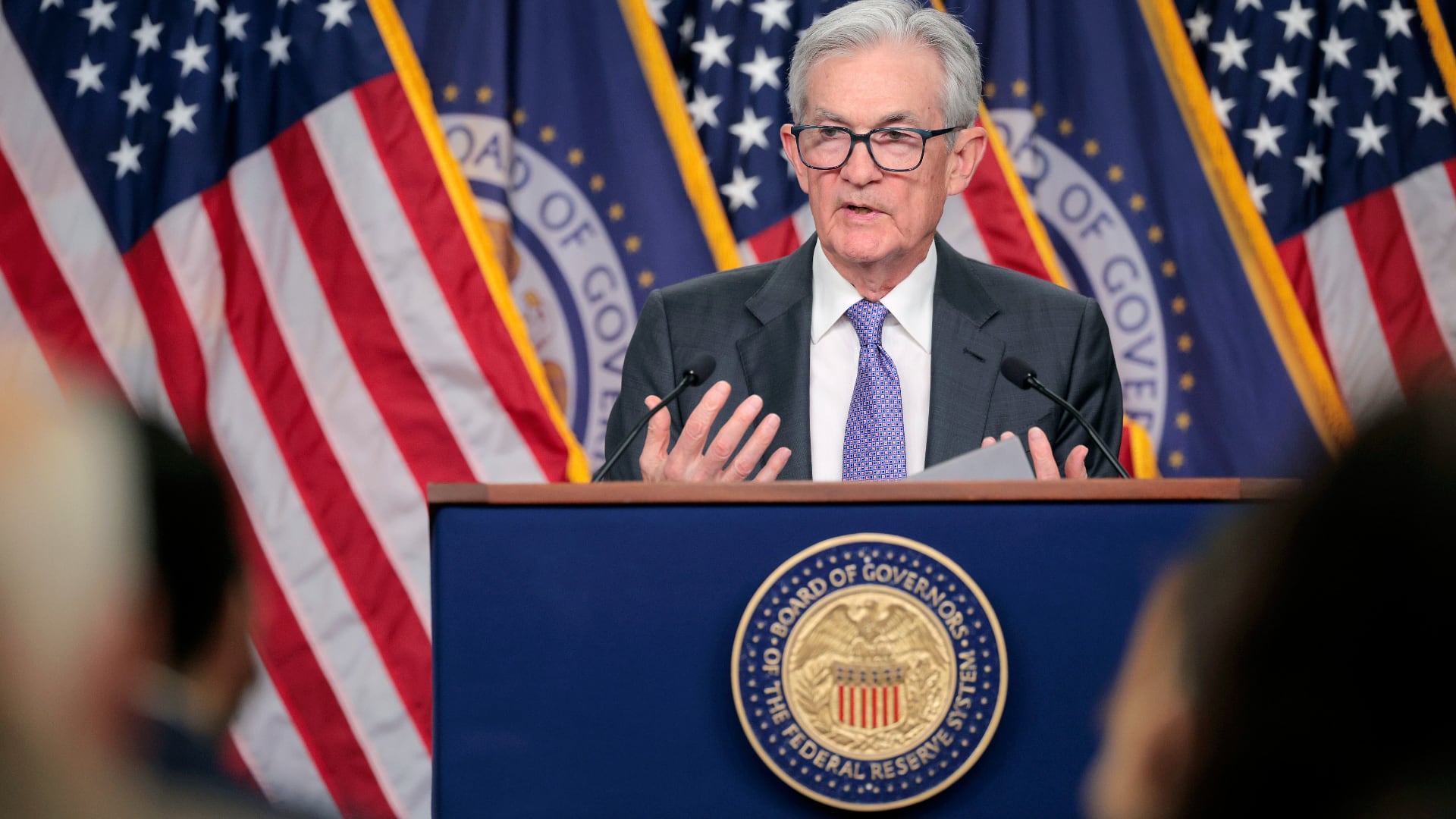Amid this year’s market turmoil, I’ve heard investors wonder if they should hit pause on 401(k) contributions until things settle down.
Though this approach sounds tempting, it’s better to stick with your investment strategy instead of waiting for conditions to improve.
Running the numbers
To test how a “wait and see” approach would have fared compared with continuing to invest, I looked at four different market downturns of the 21st century.
In each case, I looked at results under two different scenarios: an investor who started saving $500 per month and continued to do so throughout downturns, and another investor who stopped saving until the market started to improve. I assumed all contributions were invested in stocks. (In the first four cases below, I assumed that contributions were only paused during the bear market in question and then resumed for all the periods that followed.)
Case 1: March 2000–October 2002
Stocks suffered cumulative losses of about 33% from early 2000 through October 2002. But an investor who started investing $500 per month in March 2000 and kept doing that even throughout the turmoil would have about $700,000 as of March 31, 2025.
The “wait and see” investor, on the other hand, would have about $573,000.
Case 2: October 2007–February 2009
The market downturn in 2008 was the second-worst calendar year for equity investors in recent market history.
An investor who started investing $500 per month in October 2007 and continued making monthly investments would have about $360,000 as of March 31, 2025. An investor who paused contributions until March 2009 would have about $307,000 as of the same date.
Case 3: February and March 2020
The covid-19-driven market downturn led broad stock market indexes to shed about 34% of their value from Feb. 19, 2020.
But after this sharp downturn, the rebound was even more impressive, with stocks posting gains of 28.7% during 2021. As a result, the “keep buying” investor would have still ended slightly ahead by March 2025, even after suffering through market downturns in 2022 and early 2025.
Case 4: January 2022–October 2022
The 2022 market reversal was a sharp reaction to 2021’s unexpected spike in inflation, followed by a series of aggressive interest-rate hikes. As a result, the Morningstar US Market Index lost about 19% from January through October of that year.
But thanks to the market’s dramatic rebound, the “keep buying” investor would have ended about $7,000 ahead by March 2025.
Case 5: January 2000–March 2025
The differences are even more dramatic over a longer period.
For this analysis, I assumed that an investor started contributions of $500 per month in January 2000, paused during each of the four above downturns, and then resumed contributions after the market had bottomed out.
But even in this seemingly ideal scenario, consistent contributions won out. The consistent 401(k) contributor ended up nearly $200,000 ahead of the stop-and-start investor.
The reason? Consistent contributions meant there were more dollars around to benefit when the market rebounded, while hitting pause on contributions meant the opposite. And the impact compounds over time.
The “wait and see” investor would have skipped out on 61 months’ worth of contributions for a total of $30,500 but ended with a balance about $184,000 lower than the “keep buying” approach.
Why retirement savers shouldn’t give up
These examples make a strong case for sticking with the plan, even during a bear market. But this analysis probably overstates the results for “wait and see” investors because it assumes that investors somehow knew when the market would start recovering.
Not only is it tough to get the timing right for a market recovery, but keeping money on the sidelines means betting against the odds. Statistically speaking, the market goes up more than it goes down. Watching a 401(k) lose money isn’t fun to live through, but things eventually turn around.
___
This article was provided to The Associated Press by Morningstar. For more personal finance content, go to https://www.morningstar.com/personal-finance
Amy Arnott is a portfolio strategist at Morningstar.









